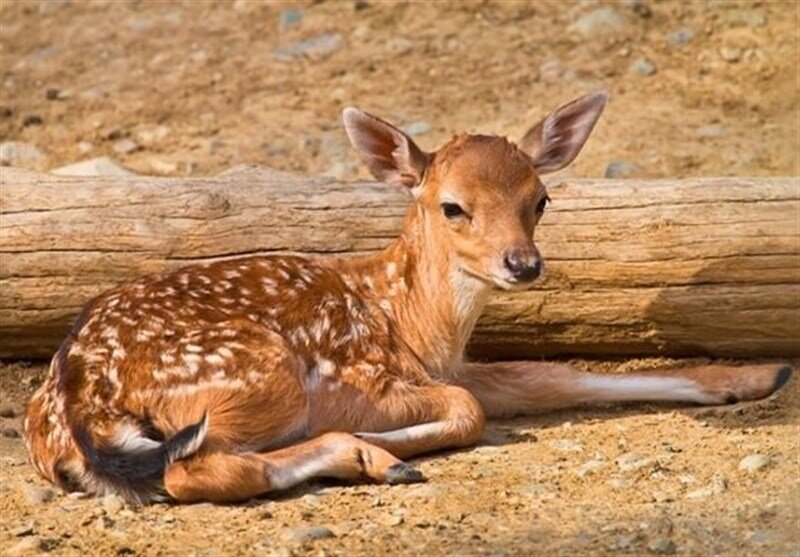First fallow deer fawn born in new year

TEHRAN – The first fallow deer fawn in the new Iranian calendar year, which began on March 21, was born in Arsanjan county of Fars province, the head of the provincial department of environment, said on Saturday.
With the birth of this fawn, the population of this valuable species has reached 58, IRNA quoted Hassan Ebrahimi as saying.
The number of Persian fallow deer in Khalil-Beyg Forest reproduction site has grown relatively well due to the absence of conflicts with leopard species, providing security, feeding, and distribution of fodder in dry seasons, monitoring, and patrolling, and optimal management, he explained.
Deer reproduction and breeding site in Arsanjan county started its activity in 2010 with 7 fallow deer, which is now one of the most successful regions in the country in breeding this unique species, he noted.
The Persian fallow deer is a rare deer native to West Asia, today occurring only in Iran. The International Union for Conservation of Nature has long classified the Persian fallow deer as endangered in 1996, vulnerable in 2006, and endangered in 2010. A situation that has not changed much over the years.
The main habitat of fallow deer in the country includes western and southwestern areas, but the declining trend in the number of these valuable species in the 1330s (falling from 1951-1961) led to measures to save them in the late decade.
For the past 60 years, the species are inhabiting protected areas, and the most important center for the reproduction of fallow deer is the semi-natural breeding site of Dasht-e Naz in the city of Sari, where in the last two years the population of the species has grown significantly.
Another habitat for the reproduction of valuable species is the Ashk Island of Lake Urmia, which has become a safe place to protect the species from extinction due to the difficult access of illegal poachers.
Persian fallow deer population in the Dasht-e Naz site has increased by about 60 percent, amounting to 53, in less than two years.
Over the years, 8 areas in different provinces were considered for the breeding of this species, as well as four private breeding centers and zoos, where fallow deer were kept, but some of them did not appear successful and closed down, according to the Department of Environment (DOE).
Iran’s Environment and Wildlife Observatory recently announced that out of 320 fallow deer counted in 2008, only 30 remain on Ashk Island today, and this subspecies is on the verge of extinction.
FB/MG
Leave a Comment